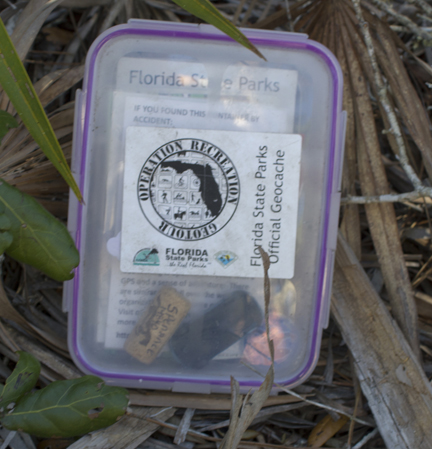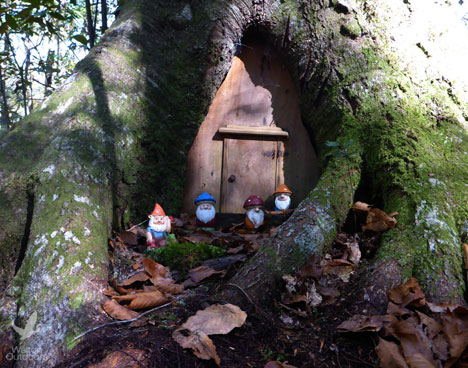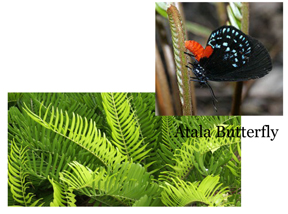
Hundreds of hidden treasures can be found in North and South Walton
If you have a Global Positioning System (GPS) enabled device and a little bit of imagination, you don’t need to go far to find hours of great family fun in Walton County. The sport of geocaching has proven itself to be a popular pastime, as several hundred treasures are hidden throughout the county.
Geocaching is an outdoor treasure hunting sport in which participants use a GPS to hide and seek containers, called geocaches or caches. A cache is a small waterproof container that stores a logbook and often a trinket. Geocachers (participants) enter their nickname into the logbook and trade the trinket with another of equal or greater value.

A geocacher finds clues for a search on websites such as www.geocaching.com. Enter your zip code and find posts with clues and coordinates for area hunts. Most all clues give the basic location of a cache along with an additional hint to decipher or perhaps a bit of history or tale about the location. The cache is typically close to the coordinates, however may be cleverly tucked inside of a tree or under a log. The cache containers come in various sizes ranging from a 35 mm film canister to a 5-gallon bucket.
On the geocaching.com website, South Walton has close to 200 caches including area State Parks, the Point Washington State Forest and even several local restaurants. North Walton boasts even more locations from Gaskin to Freeport. Old cemeteries, Lake DeFuniak, a train car are just to name a few scattered across the northern part of Walton. One cache clue at Morrison Springs requires scuba gear to access.
Serious geocachers acquire trackable coins or travel bugs for exchanging in caches. These items can be tracked around the globe from the unique number stamped on it. The item becomes a hitchhiker of sorts that is carried from cache to cache (or person to person) in the real world, and you can follow its progress online. These coins and travel bugs can be purchased online at websites such as cacheboxstore.com.
Learn while you geocache
Aaron Bessant Park in Panama City Beach offers an educational ecocaching trail. The ecocaching trail is like geocaching, however, instead of finding hidden cache with a GPS you will find 6 plants and trees that are located in the park.

A printed hand out can be picked up at the park office with coordinates and photos describing the park’s native plants.
::MAP::
The Florida Public Archaeology Network offers the Destination Archaeology Resource Center (DARC) Geotrail. Their “geo-trail” is a series of caches tied together that explores Florida’s history through museums and archaeological sites open to the public along the DARC Geo-Trail.
For more information, click here.
Geocaching is a fun family oriented sport. Head out and explore the great outdoors with your GPS. You never know what you might find. For more information, go to geocaching.com.
